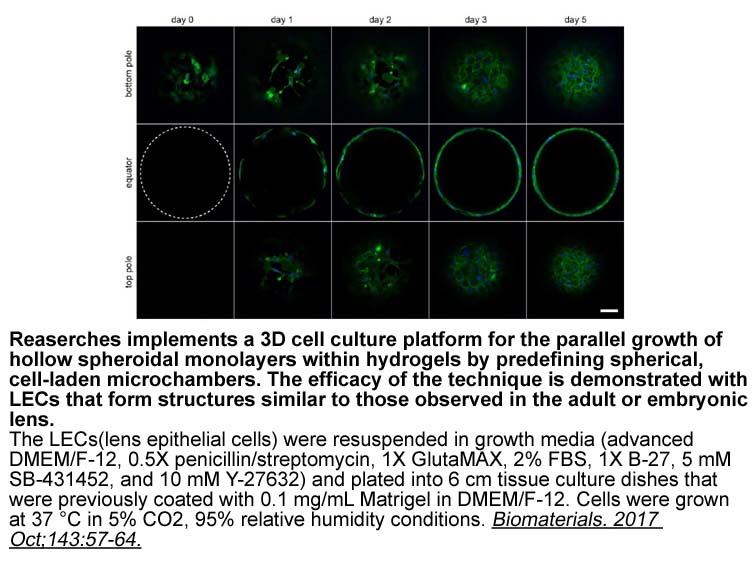Archives
It is known that evidence generated from small sample sizes
It is known that evidence generated from small sample sizes is especially prone to error: both false negatives due to inadequate power and false positives due to biased samples (Button et al., 2013). Meta- and mega-analysis of VBM studies combining data from independent studies can substantially improve statistical power, and have demonstrated that vegfr inhibitor abnormalities in OCD not only manifest in the orbitofronto-striato-thalamic circuits, but also extend to other regions such as the dorsolateral prefrontal cortex, premotor and parietal areas (Carlisi et al., 2016; de Wit et al., 2014; Eng et al., 2015; Norman et al., 2016; Radua et al., 2010; Rotge et al., 2009, 2010). Nevertheless, even in these large-sample reports, considerable inconsistency with regard to the presence and significance of anatomical abnormalities still exists. For instance, gray matter volume (GMV) of the ventral striatum (VS) has been described as increased (Carlisi et al., 2016; Norman et al., 2016), and unchanged (Eng et al., 2015; Radua et al., 2010; Rotge et al., 2010) in OCD compared to healthy controls. Volume sizes of the dorsolateral prefrontal cortex (dlPFC) and premotor areas were found to be decreased (Carlisi et al., 2016; Norman et al., 2016; Rotge et al., 2010) or normal (Eng et al., 2015; Radua et al., 2010). The validity of meta-analyses heavily relies on the methodological quality of the included studies, the eligibility criteria used for the meta-analysis, and various reporting biases (Finckh and Tramer, 2008; Walkup, 2017). Effect sizes, estimates of population parameters that are independent of sample size and other design decisions, provide a tool for determining whether a finding is not only statistically significant, but also whether a detected difference is substantive (Blackford, 2017). To test the internal validity within a sample and the external validity across multiple samples, cross-validation methods are usually required to provide final parameter estimates that are less biased and more likely to be replicated in independent future studies.
In this study, we sought to robustly evaluate the regional volumetric brain abnormalities of OCD and to determine the modulation of these pathological alterations by pharmacological treatment. We employed a cross-group design with a total of 328 participants that included three subgroups of patients (drug-naïve, medicated and medication-free) and a group of healthy comparison (HC) subjects. We first identified pathological differences between drug-naive patients and HCs at the whole-brain scale . We then focused on OCD-specific pathological regions to investigate disorder-related pharmacological effects in the medicated group. To demonstrate a robust association of brain volumetric changes with pharmacotherapy, we tested whether the observed structural responses to medication existed in the third sample of medication-free adult patients who had discontinued medication (at least 4weeks prior). Considering clinical heterogeneity related to variation in disease profile and treatment trajectory, a Monte Carlo cross-validation (MCCV) procedure was employed at each group comparison and the effect sizes were reported correspondingly. Potential modulating effects of demographic, clinical and statistical characteristics on brain volume were regressed out of the present results. With fully cross-validated analysis, we thus expected to identify reliable and reproducible structural substrates of OCD pathophysiology and their network signatures in response to pharmacological therapies.
. We then focused on OCD-specific pathological regions to investigate disorder-related pharmacological effects in the medicated group. To demonstrate a robust association of brain volumetric changes with pharmacotherapy, we tested whether the observed structural responses to medication existed in the third sample of medication-free adult patients who had discontinued medication (at least 4weeks prior). Considering clinical heterogeneity related to variation in disease profile and treatment trajectory, a Monte Carlo cross-validation (MCCV) procedure was employed at each group comparison and the effect sizes were reported correspondingly. Potential modulating effects of demographic, clinical and statistical characteristics on brain volume were regressed out of the present results. With fully cross-validated analysis, we thus expected to identify reliable and reproducible structural substrates of OCD pathophysiology and their network signatures in response to pharmacological therapies.
Materials and Methods
Results
Discussion
Despite the abundance of research investigating structural abnormalities and their treatment-related changes in OCD, previous reports rarely make reliable distinctions between volumetric characteristics associated with the disease process and treatment-related structural responses (Abi-Dargham and Horga, 2016; Bloch et al., 2006; Skapinakis et al., 2016). This imposes substantial restrictions on the clinical relevance and future applicability of neuroimaging findings. The structural profile of brain abnormalities associated with OCD without medication confounds is critically important for stratified medicine in future clinical practice, in which imaging-based neuromarkers predicting therapeutic response are matched to the pathological circuits identified in a subpopulation of patients (Abi-Dargham and Horga, 2016). In both drug-naïve and medication-free cohorts, we identified internally- and externally-validated morphologic alterations mainly in the limbic network including the mOFC and VS, and the associative network including premotor/pre-SMA areas.